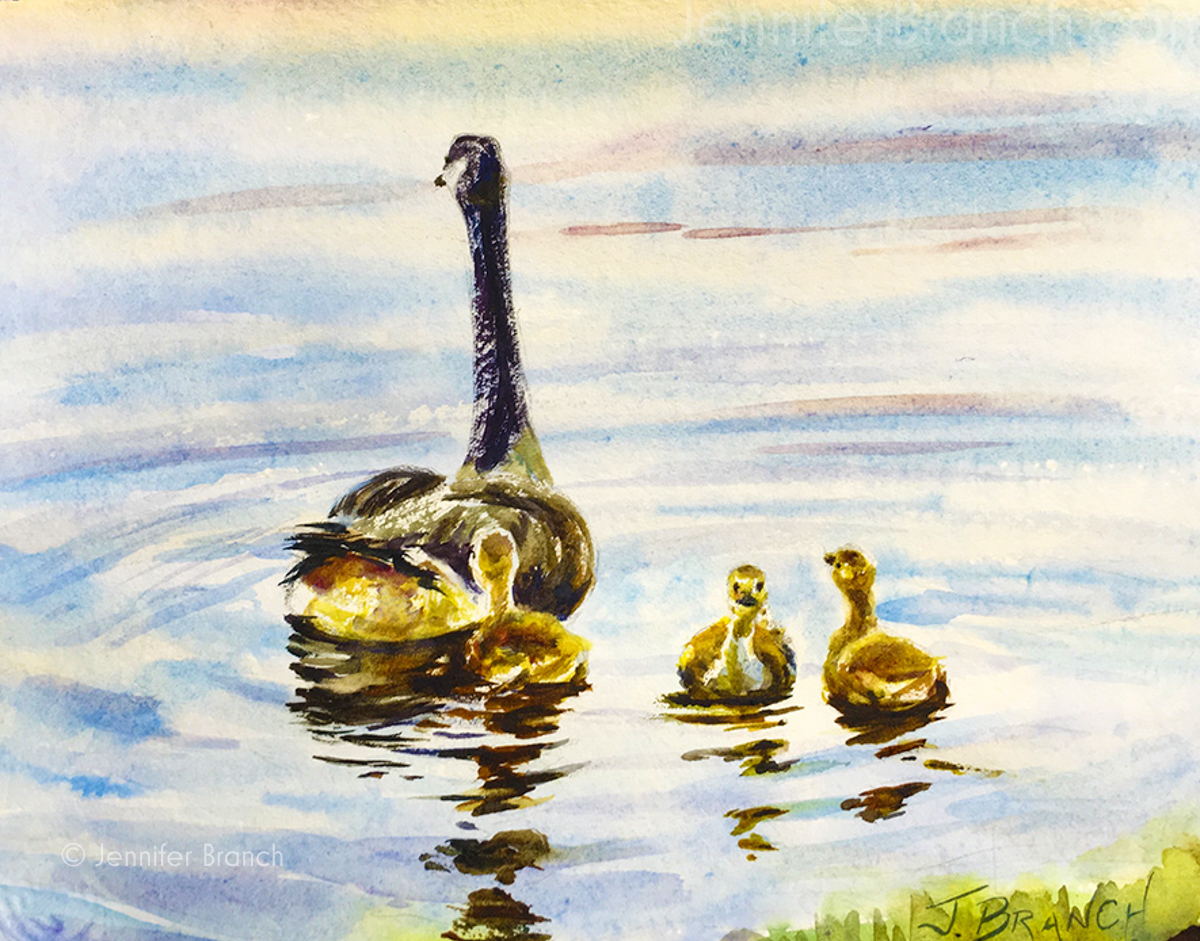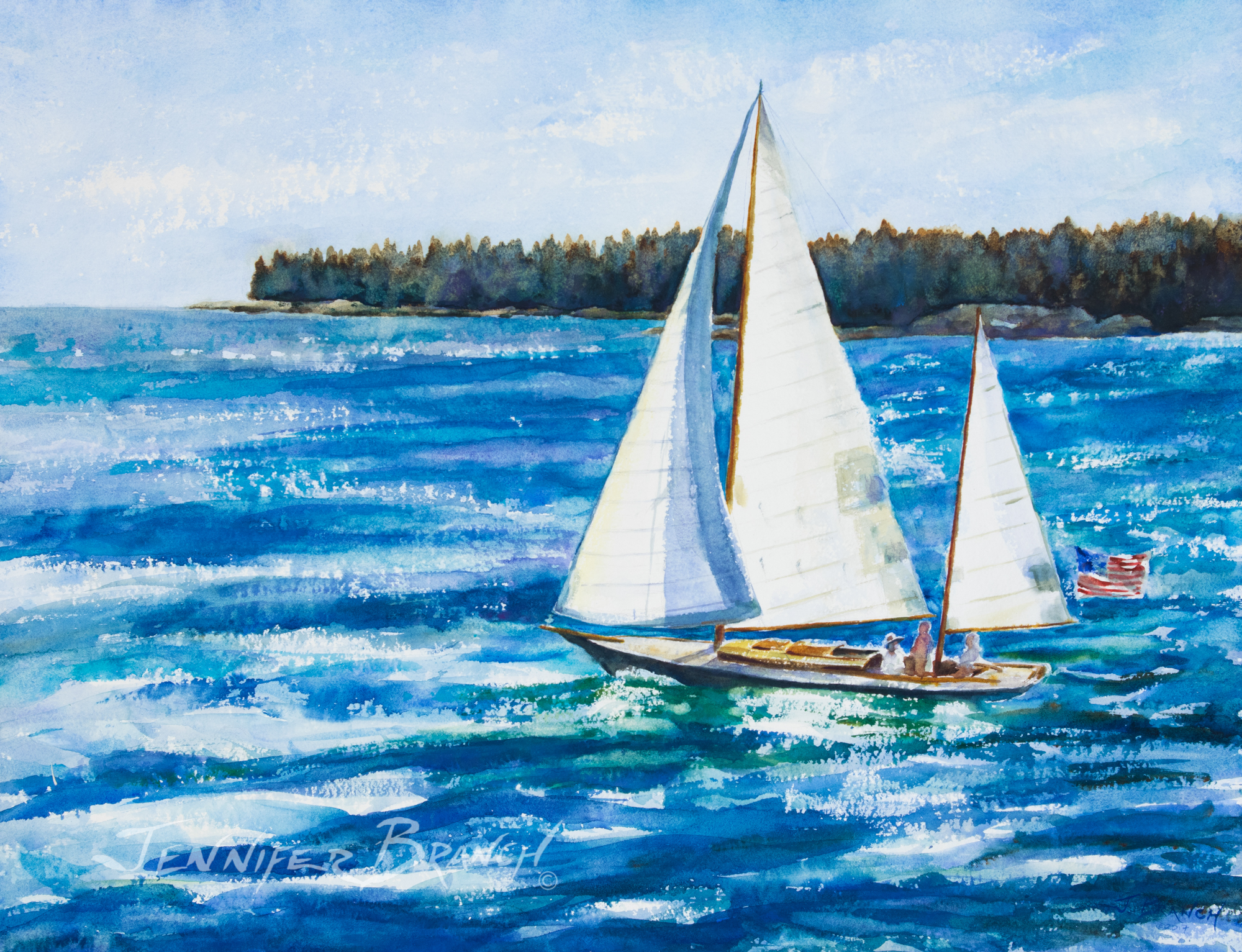Twinrocker Cold Press Watercolor Paper Review
Twinrocker paper was founded in 1971 by Kathryn and Howard Clark in Indiana. They started because there wasn't a single handmade paper mill in the USA. The Clarks revived the entire industry of fine papermaking in the USA. Twinrocker is now owned by their once apprentice, Travis Becker. All of their paper is handmade, the old fashioned way. Each piece is exquisite and a dream to work on.
Paper is made from new cotton or cotton / linen mix. The reviewed paper is 100% cotton with an external gelatin sizing. All deckles are real, which is gorgeous. Paper is air dried.Positives
Nice texture, holds up to multiple washes and vigorous scrubbing. You can attack this paper and it still looks good. You cannot duplicate handmade texture on rollers.
Negatives
The only negative is Twinrocker doesn't always work with masking. You need to remove the masking promptly off completely dry paper. Don't let it sit for months. Winsor & Newton masking will peel the paper. Incredible White Mask has worked consistently for me.
Disclaimer: Jennifer Branch Gallery is a participant in the Amazon Services LLC Associates Program, an affiliate advertising program designed to provide a means for sites to earn advertising fees by advertising and linking to amazon.com. I receive a small rebate for your entire order (starting at 4%) if you choose to purchase through Amazon. Most items can be bought multiple places and I highly recommend local art stores if you have one! Any other recommendation links I receive no compensation for.
These referrals help me support this website, and I thank you for any purchase you make through them. I will never recommend a product I have not used frequently and believe is the best tool for the purpose!
Value
Handmade, exquisite paper for $4 more a full sheet than basic Arches? I think it's a very good value, but should be used for real paintings, not practice sketches. Also consider that 200# does not need to be stretched up to 16" x 20", but 140# does. If you don't stretch the paper, dampen the back as you paint so the paper is evenly saturated and doesn't curl.




